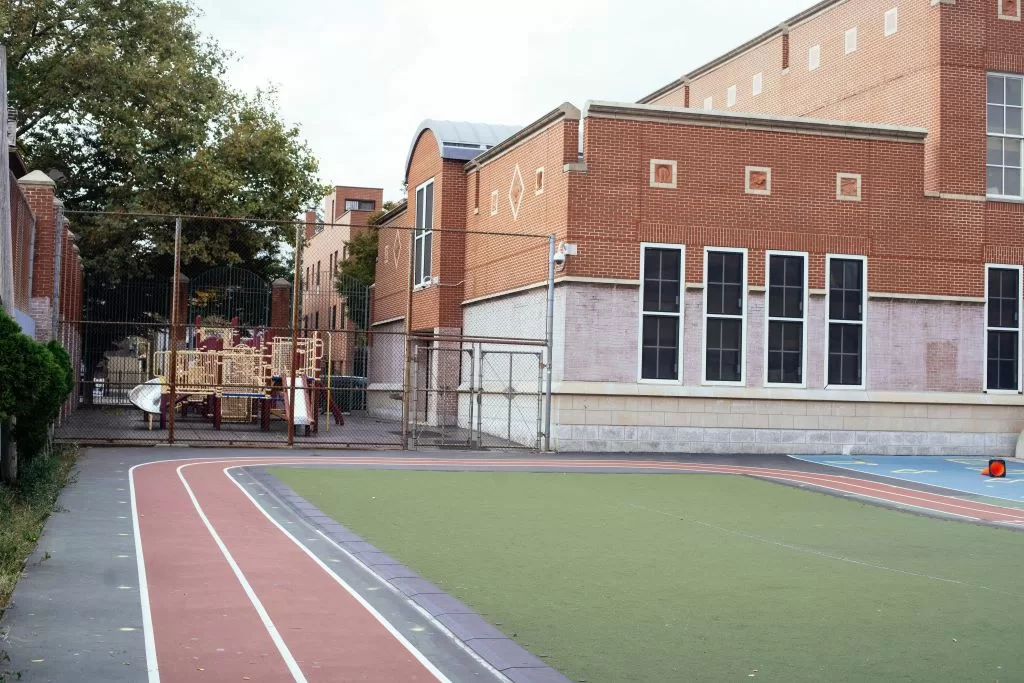There is a need for better school sports facilities to boost sports development at grassroots levels
10 January 2024; Johannesburg – In a crucial era in sports in South Africa, the significance of school sports facilities has never been more critical. In addition to providing structured extracurricular programmes and fostering learner participation, these facilities serve as communal hubs for fostering social cohesion.

On 28 October 2023, South Africa witnessed a historic moment, when South Africa rallied behind the Springboks, celebrating their triumph at the Rugby World Cup in France. This collective achievement ignited a spark and amplified an interest in sport among aspiring athletes of all ages.
Acknowledging the transformative power of sports, both the public and private sectors have made commendable strides in reshaping the nation’s sports infrastructure. Yet, the imperative remains for schools to develop sports facilities that are effective and efficient for growing future sportsmen and women.

Jaco Naude, Managing Director of Servest Landscaping and Turf points out that an estimated 35% of schools in South Africa lack sports facilities. “Investing in these facilities offers a number of benefits beyond athletic prowess,” he(she) said.
While both the public and private sectors have been actively involved in overhauling the nation’s sports infrastructure, schools find themselves at a critical juncture, looking for the most effective approaches to optimise their sports facilities.

In that context, synthetic turf can be a game-changer. When juxtaposed with natural grass, a synthetic playing surface is notably more even, cost-effective, eco-friendly, and easy to maintain. This mitigates the risk of players slipping or tripping during play, substantially reducing the likelihood of severe injuries like concussion or head trauma resulting from falls on hard surfaces.
“Disparities between private and public-school facilities underline the need for increased government spending on public school infrastructure. Long-term maintenance plans, partnerships with external organisations, and community engagement initiatives are essential for narrowing the gap and ensuring equitable access to quality sports facilities.

“In essence, investing in school sports facilities is an investment in the future of South Africa,” Naude says. “These facilities not only shape the next generation of athletes but also contribute to the overall well-being, community engagement, and pride of the nation. It’s time to recognise the transformative potential of sports facilities in shaping a healthier, more connected, and vibrant South Africa.”
Beyond the need for sports facilities that are safe, an investment in school sports facilities is crucial for inspiring participation in sport among learners. Sport is an integral part of children’s holistic development, it fostera overall health and wellness, cognitive skills, teamwork, a sense of belonging, pride, and healthy social interaction.

To minimise the costs of maintenance, synthetic turf is recommended for school sports facilities. This type of surface is durable, requires low maintenance, and allows for all-weather playability. Its longevity and minimal maintenance requirements make it a cost-effective and practical choice, especially when compared to the upkeep that natural turf demands. It is suitable for a wide range of sports activities, including soccer, rugby, hockey, and athletics. However, it may not be the best choice for sports that require sliding, such as baseball or softball.
Designing and constructing sports facilities, especially school sports facilities, involve a nuanced consideration of space, budget, desired usage, safety regulations, and long-term maintenance. “Servest’s strategy for designing and establishing school sports facilities includes a thorough assessment of the school’s needs. This involves analysing the site, considering budget constraints, identifying desired sports activities, and establishing long-term usage goals. Drawing on our expertise in turf solutions, Servest endeavours to deliver designs that are both cost-effective and environmentally friendly, tailored to meet the distinctive needs of each school.,” says Naude.
The importance of selecting appropriate turf options, efficient irrigation systems, and sustainable design elements like rainwater harvesting cannot be overstated when creating sports facilities. Compliance with safety regulations and accessibility standards is equally crucial.
Ongoing maintenance is paramount for student safety and facility longevity. Regular upkeep not only reduces the risk of accidents but also showcases a commitment to the well-being of students and contributes positively to their educational experience.
“School sports facilities should be designed as multifunctional spaces, for a variety of sports and recreational activities. Designs should, therefore, incorporate flexible layouts, retractable seating, and sustainable elements like green spaces to reflect the dynamic nature of sports engagement,” Naude concludes.





























